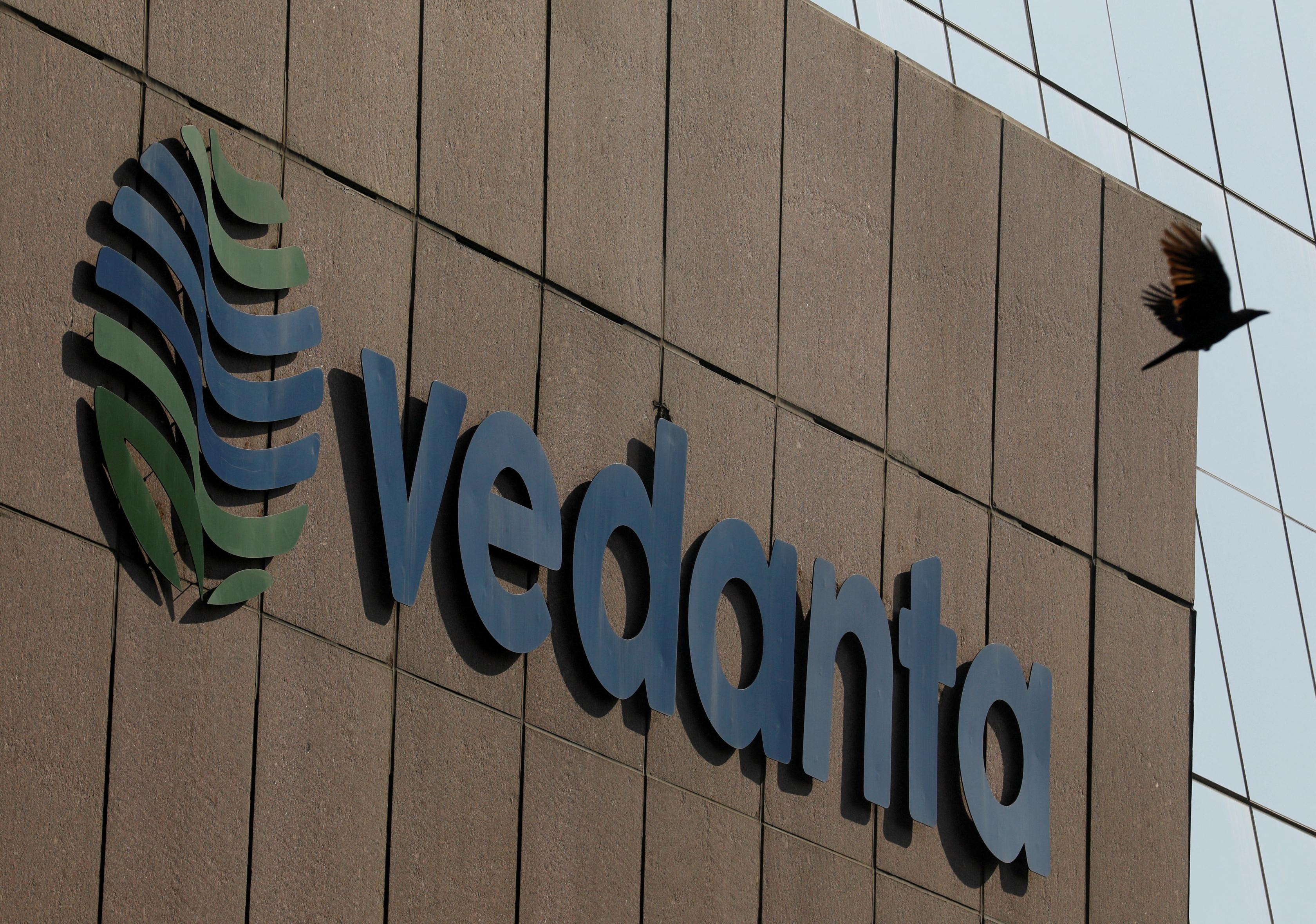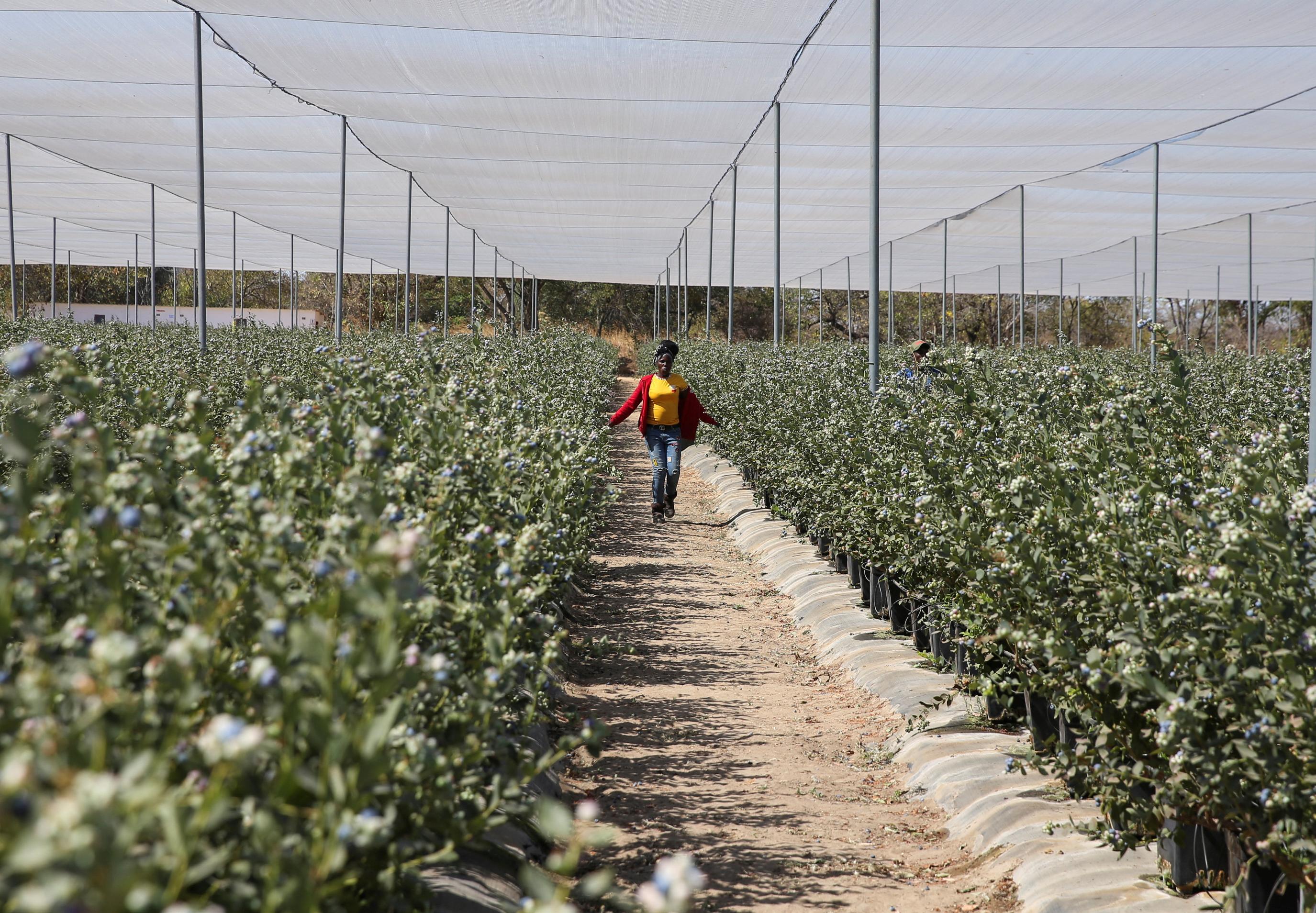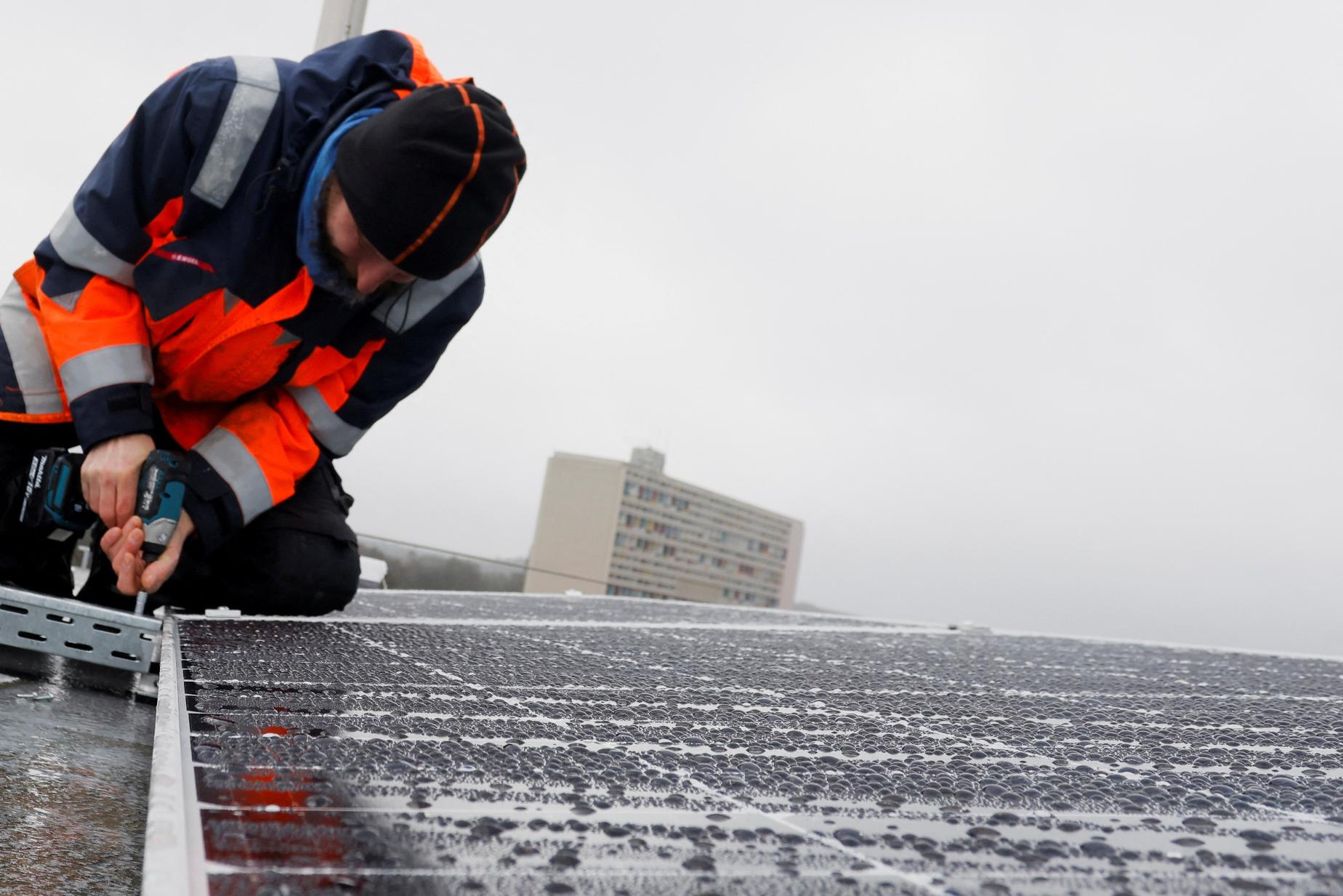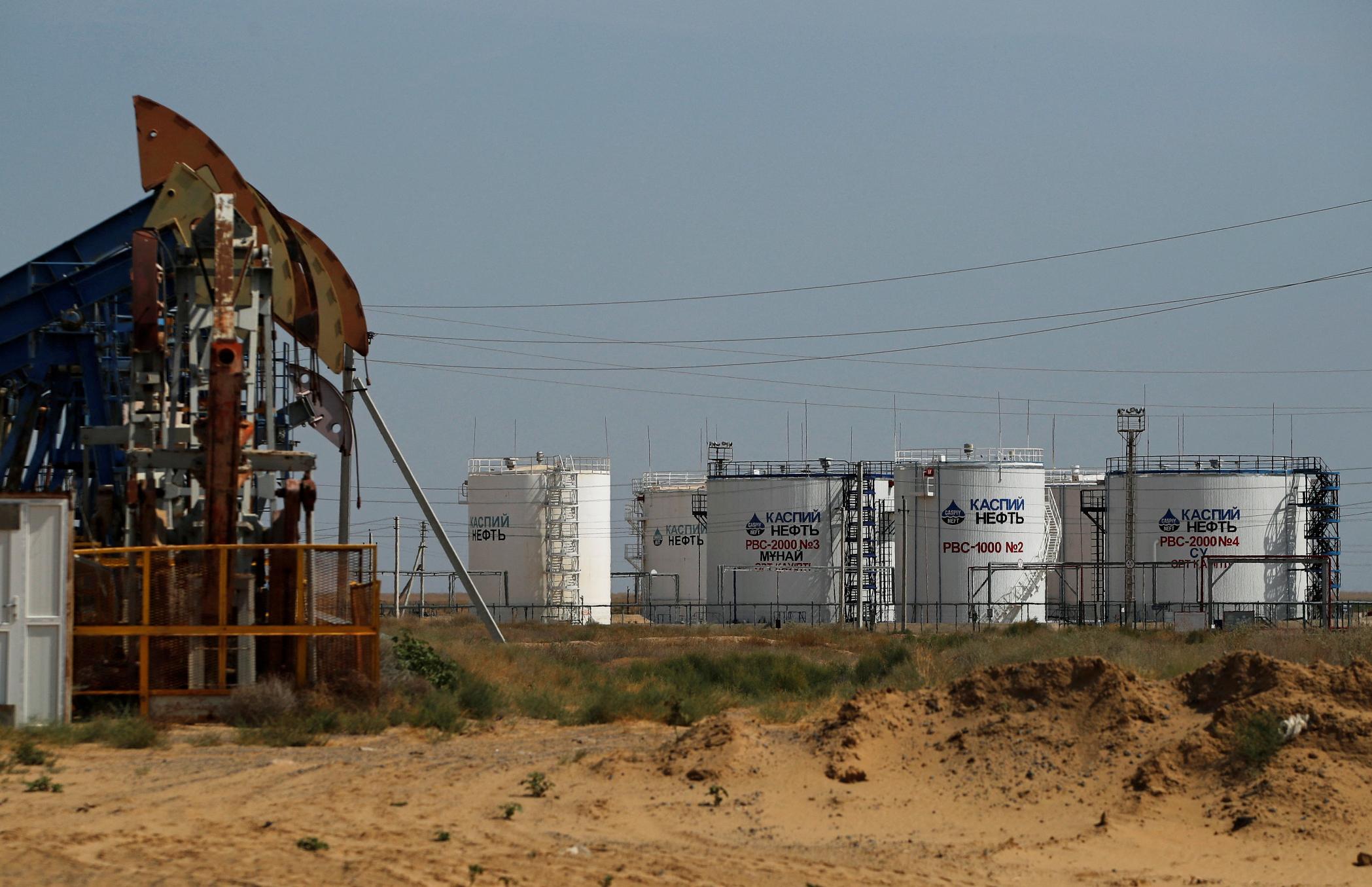
2024-09-12 07:39
NEW DELHI, Sept 12 (Reuters) - Indian metals-to-oil conglomerate Vedanta (VDAN.NS) , opens new tab plans to step up nickel and nickel sulphate production and tap rising demand for EV battery materials in countries in northeast Asia, the company said on Thursday. "Vedanta Nico plans to expand its capacity for nickel and nickel sulphate production going forward," the company said in an emailed statement to Reuters, referring to its business unit. The company did not give details about production figures and investment numbers. Unlike Japan and South Korea, India's electric vehicle market is still in its nascent stage. Citing weaker demand in India, Vedanta has urged India's government to press Japan and South Korea to change their trade pacts with New Delhi to eliminate their import duties on nickel sulphate used in EV batteries, Reuters reported on Wednesday. Vedanta - part of London-headquartered Vedanta Resources and led by billionaire Anil Agarwal - plans to cash in on rising demand for EV materials like nickel and nickel sulphate from the countries in northeast Asia. "We also see a great opportunity for nickel sulphate (a high value integral product used in battery production) in North East Asian region which can play an important role in driving the growth of India's exports," the statement said. Vedanta's exports would help meet India's overall export targets, the company said in the statement. India plans to boost its overall goods exports to $1 trillion by 2030, up from $437 billion in the 2023/24 fiscal year. India, the world's third-biggest carbon emitter, has identified nickel as "critical" to meet the country's ambition for cleaner technologies in sectors such as transport. Prime Minister Narendra Modi's government is offering billions of dollars to companies willing to build EVs and batteries locally and this week launched a $1.3 billion program to boost EV sales in India. Currently, EV sales in India are low making up around 7% of a total of 23.8 million cars, scooters and trucks sold in the country last year. Sign up here. https://www.reuters.com/world/india/indias-vedanta-plans-expand-nickel-sulphate-production-tap-overseas-demand-2024-09-12/

2024-09-12 07:33
BEIJING/SINGAPORE, Sept 12 (Reuters) - China is seeking public feedback on a plan to include cement, steel and aluminium production in its carbon emissions trading scheme (ETS) by the end of the year, in a move it hopes will boost market liquidity. Here are some facts about the carbon market in the world's largest greenhouse gas emitting nation. WHAT IS CHINA'S CARBON MARKET? China's carbon market consists of a mandatory emission trading system (ETS) and a voluntary greenhouse gas (GHG) emissions reduction trading market, also known as the China Certified Emission Reduction (CCER , opens new tab) scheme, revamped earlier this year. The ETS will eventually include eight major emitting sectors including power generation, steel, building materials, non-ferrous metals, petrochemicals, chemicals, paper and civil aviation, which together account for 75% of China's total emissions. The two schemes operate independently but are interconnected via a mechanism that allows firms to buy CCERs on the voluntary market to meet their compliance targets under the ETS. WHAT IS THE ETS? China's mandatory carbon market, the ETS, started trading in July 2021 on the Shanghai Environment and Energy Exchange. During its first phase, it has included more than 2,000 key emitters in the power sector, each with emissions of at least 26,000 metric tons a year. The same threshold will be used for the steel, cement and aluminium sectors. Under the scheme, firms are granted a quota of free certified emission allowances (CEAs). If actual emissions exceed a company's quota during a given compliance period, it must buy more allowances from the market to cover the gap. If its emissions are lower, it can sell its surplus CEAs. Allocations are decided not by absolute emission levels, but by industry carbon intensity benchmarks set by the government, which are reduced over time. Emitters are obliged to submit key parameters on a monthly basis and report emission data every year. Since its inception, it has become the world's largest emissions trading platform, covering about 5.1 billion tons of carbon dioxide equivalent, around 40% of China's total. By the end of 2023, the trading volume on the national ETS had reached a cumulative total of 442 million tons, with a value of 24.92 billion yuan ($3.50 billion), according to official data. The inclusion of three more sectors is expected to bring another 1,500 key emitters and 3 billion tons of emissions under the scope of the ETS, raising demand for credits and potentially pushing up prices. The carbon price on the national ETS, which tends to rise when quota allocations fall, has typically been much lower than overseas markets, but broke through 100 yuan a ton for the first time on April 24. WHAT IS CCER? Beijing relaunched its national voluntary GHG emission reduction trading market, known as the CCER, in January, allowing wider participation in the carbon market. The registration and issuance of CCERs was suspended in 2017 partly due to low trading volumes, although existing credits can still be traded. The addition of more sectors to the mandatory carbon market is expected to lift demand for CCERs, with key emitters allowed to use the voluntary market credits to offset 5% of their total emissions. ($1 = 7.1196 Chinese yuan) Sign up here. https://www.reuters.com/sustainability/whats-chinas-carbon-market-how-does-it-work-2024-09-12/

2024-09-12 07:06
Farmers lack funding, complain of minimal government support Banks wary of financing due to uncertain land tenure HDC says lack of long-term finance hinders sector's growth plans HARARE, Sept 12 (Reuters) - Zimbabwean farmers aim to capitalize on increasing global demand for blueberries, but self-funded growers like Willard Zireva cite a lack of finance and minimal government support as barriers. Despite being one of the fastest growing blueberry producers globally, with production doubling to 7,000 metric tons last year due to a favourable climate, Zimbabwean farmers are struggling to secure financing for their operations. Zimbabwe's horticultural exports, driven in part by blueberries, exceed $100 million annually. The sector's exports, which peaked at $140 million in 1999, were disrupted when former President Robert Mugabe began the seizure of white-owned farms to resettle landless Black citizens. Despite the sector's recent growth, banks remain wary of financing agriculture due to uncertain land tenure, making it challenging for Black farmers like Zireva to expand. Blueberry farming in Zimbabwe is currently dominated by the few remaining local white farmers, many of whom are looking for foreign investment to expand operations. Zimbabwe's banks do not accept the 99-year leases handed by the government to resettled farmers as collateral for borrowing. The banks also tend to be reluctant to lend to farmers because the state has in the past arbitrarily acquired farmland, including from some Black commercial farmers. Zireva cultivates 12 hectares of blueberry crops at his Talana farm 100 km (62 miles) west of capital city Harare, which he bought freehold in the 1990s before the land seizures. He said that he had to rely on personal savings to plant his first crop after a local bank denied him funding. 'MASSIVE GROWTH OPPORTUNITY' "If funding is available, there is a massive growth opportunity," he told Reuters. Growing a hectare of blueberries in Zimbabwe requires at least $100,000 to import plants, peat pots from Europe, and special shades for the crops. Other costs include refrigerated packaging warehouses and water resources. "We need interventions and interventions have to come from government. Nobody else," said Zireva, referring to concessional funding for farmers. The finance and agriculture ministries, as well as the Bankers Association of Zimbabwe (BAZ), did not immediately respond to requests for comment. Zireva's farm aims to export 120 metric tons of blueberries to the United Kingdom and East Asia this year, but he says the demand far exceeds their ability to supply. His farm requires $1.2 million to double output, he added. "We are hoping that we can get funding next year to put in eight hectares so that we get to 20 (hectares)," Zireva said. Zimbabwe's Horticultural Development Council (HDC) said the lack of long-term finance was a significant barrier to the sector's plans to double blueberry hectarage to 1,500 hectares by 2030. HDC CEO Linda Nielsen told Reuters that without funding "we will see growth in the blueberries sector coming off on the tonnage side. We really need to grow the hectarage and maintain our market share." Sign up here. https://www.reuters.com/markets/commodities/zimbabwe-blueberry-farmers-chase-booming-demand-face-funding-woes-2024-09-12/

2024-09-12 07:05
LONDON, Sept 12 (Reuters) - Power firm VPI, backed by the world's largest energy trader Vitol, will invest up to invest up to 450 million euros ($496 million) over the next three to five years in battery projects in Germany, VPI’s chief executive told Reuters. Germany plans to rapidly expand its renewable power capacity to account for 80% of the country's electricity by 2030 from around 40% now, which will also require an increase in energy storage to help balance supply and demand on the system. VPI already owns power assets in Britain and Ireland and said the battery joint venture with German energy storage firm Quantitas Energy would be its first investment in the country. Due to high levels of solar power, which produce more electricity during sunny mid-day peaks, the Germany power market can see extreme intra-day price volatility. Companies with batteries can then benefit from selling power during highs and charging when prices are low or even negative. "In Germany a lot of the opportunity (for batteries) is on the wholesale market... and that is because a lot of the renewable base is solar which creates price differentials within the day," Jorge Pikunic, VPI Chief Executive said in an interview. The investment is aimed at developing up to 500 MW of battery storage capacity over the next three to five years and the joint venture expects to build 10 projects, mostly based in northeast Germany, a region rich with wind power generation. Pikunic said individual projects would be different in scale but the majority of the projects would have a 60 MW capacity. He did not disclose the ownership split of the venture but said VPI would be the majority shareholder. ($1 = 0.9079 euros) Sign up here. https://www.reuters.com/business/energy/vitol-backed-vpi-invest-up-450-mln-euros-german-battery-projects-2024-09-12/

2024-09-12 06:53
NAGYKORU, Hungary, Sept 11 (Reuters) - A group of Hungarian lawmakers and representatives of NGOs met on Wednesday on a dried-out sandbank of the country's second river after the Danube to highlight the severe impact of a drought in July and August that damaged key crops. Water levels in the Tisza river dropped sharply after repeated heatwaves which also hit other European countries in what the EU's climate change monitoring service says was the northern hemisphere's hottest summer since records began. In Poland, the level of its longest river the Vistula, have fallen to a record low, the meteorological office said, leaving sandbanks exposed in Warsaw. Hungary's Homokhatsag region, which is near where members of the country's parliamentary committee on sustainable development and the NGO representatives met, is a key agricultural area, growing corn, grain and sunflowers that has been battling with severe droughts for years , opens new tab. "Policymakers still have not woken up to the fact that water is our most important treasure and today's mistaken water management threatens our future," the committee chair and an independent opposition MP Laszlo Lorant Keresztes said. He warned that Hungary "would dry out" unless measures are taken to preserve as much water as possible with efficient water management. Lawmakers of the ruling Fidesz party who have a large majority on the committee, boycotted the meeting - which lacked a quorum. The agriculture ministry did not send a representative either. The Fidesz parliamentary group said in a statement that they believed the meeting was "unnecessary". Hungary's Minister for Agriculture said on Sept. 5 that farmers had reported that drought damaged 390,000 hectares of sown land by early September, with maize severely affected on 235,000 hectares, which is more than 25% of all planted areas. Data from the Hungarian Meteorological Service shows that in the past 90 days, the Homokhatsag region had received around 120-140 millimetres less rain than average. Substantial rainfall was expected over the weekend. Sign up here. https://www.reuters.com/world/europe/hungarian-lawmakers-ngos-meet-dried-out-riverbed-sound-alarm-over-drought-2024-09-11/

2024-09-12 06:42
Hurricane Francine makes landfall in Louisiana Nearly 39% of Gulf of Mexico oil production offline IEA's 2024 oil demand growth forecast cut by 7.2% EIA data shows U.S. oil stockpiles rose last week Sept 12 (Reuters) - Oil prices rose by more than 1% on Thursday to extend a rebound spurred by concern over Hurricane Francine's impact on U.S. output, though a gloomy demand outlook capped gains. Brent crude futures for November rose 94 cents, or 1.3%, to $71.55 a barrel by 1205 GMT. U.S. crude futures for October were up $1, or 1.5%, at $68.31. A day earlier both contracts had gained more than 2% as offshore platforms in the U.S. Gulf of Mexico were shut and coastal refinery operations were disrupted by Hurricane Francine's landfall in southern Louisiana. "Hurricane Francine has likely disrupted about 1.5 million barrels of U.S. oil production, which we estimate will reduce September production in the Gulf of Mexico by around 50,000 barrels per day (bpd)," UBS analysts said. They added that they expect Brent crude oil to move back up above $80/barrel over the coming months. Nearly 39% of oil and almost half of natural gas production in the Gulf of Mexico was offline on Wednesday, the offshore regulator said. A total of 171 production platforms and three rigs had been evacuated. "The region accounts for about 15% of U.S. oil production, with any disruptions in production likely to tighten supplies in the near term," said Priyanka Sachdeva, senior market analyst at Singapore-based brokerage Phillip Nova. But with the storm set to dissipate after landfall, oil market attention began to turn to lower demand. On Thursday the International Energy Agency (IEA) cut its 2024 oil demand growth forecast by 70,000 bpd, or about 7.2%, to 900,000 bpd, citing muted Chinese demand. U.S. oil stockpiles rose across the board last week as crude imports grew and exports dipped, the Energy Information Administration (EIA) said on Wednesday. However, the medium-term trend remains bearish for WTI crude, supported by weak demand from China and "growth scare concerns" in the U.S., said Kelvin Wong, senior market analyst at OANDA. Earlier in the week, the Organization of the Petroleum Exporting Countries (OPEC) cut its forecast for global oil demand growth this year and trimmed its expectation for 2025, its second consecutive downward revision. Both oil benchmarks tanked on Tuesday after the downward revision. Traders are also awaiting data - a reading of producer prices and the weekly jobless claims report are both due at 1230 GMT. Sign up here. https://www.reuters.com/business/energy/oil-prices-flat-lower-demand-signs-outweigh-us-hurricane-impact-2024-09-12/
